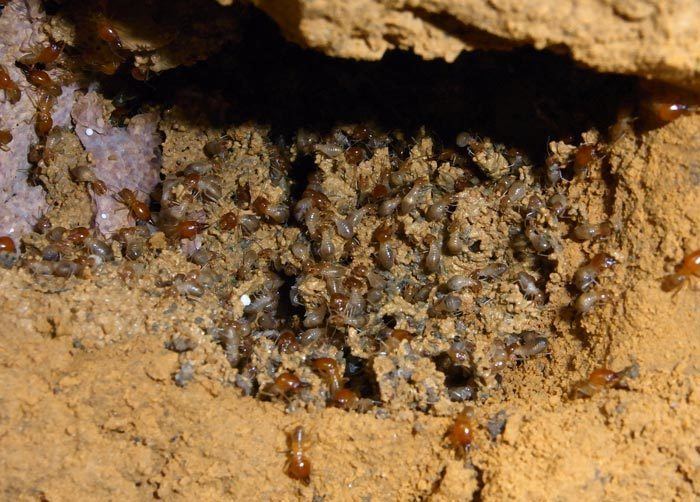 | ||
Representative species Odontotermes, Macrotermes michaelseni | ||
Mound-building termites or just mound builders are a group of termite species that live in mounds. This group of termites live in Africa, Australia and South America. The mounds sometimes have a diameter of 30 metres. Most of the mounds are found in well drained areas. Termite mounds usually out live the colonies themselves. If the inner tunnels of the nest are exposed it is usually dead, however, sometimes other colonies occupy a mound after the death of the original builders. The new colonizers may be of the same or a different species.
Contents
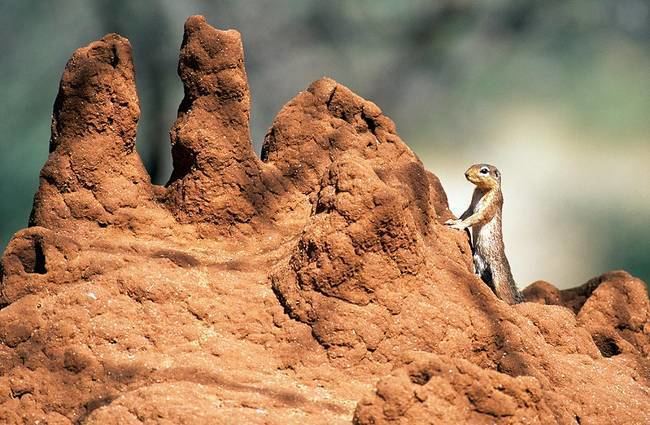
Mound Structure
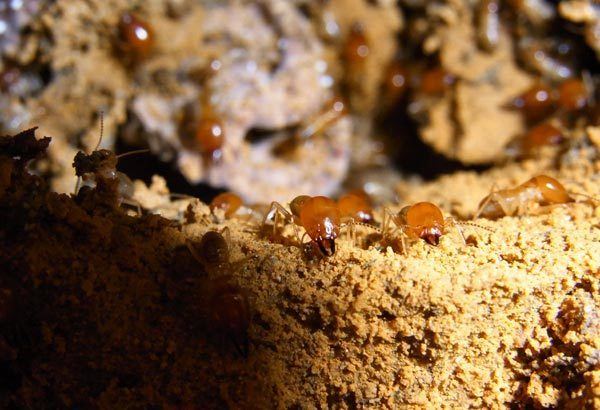
The structure of the mounds can be very complicated. Inside the mound is an extensive system of tunnels and conduits that serves as a ventilation system for the underground nest. In order to get good ventilation, the termites will construct several shafts leading down to the cellar located beneath the nest. The mound is built above the subterranean nest. The nest itself is a spheroidal structure consisting of numerous gallery chambers. They come in a wide variety of shapes and sizes. Some, like Odontotermes termites build open chimneys or vent holes into their mounds, while others build completely enclosed mounds like Macrotermes. The Amitermes (Magnetic termites) mounds are created tall, thin, wedge-shaped, usually oriented north-south.
Social Caste

Workers, smallest in size, are the most numerous of the castes. They are all completely blind, wingless, and sexually immature. Their job is to feed and groom all of the dependent castes. They also dig tunnels, locate food and water, maintain colony atmospheric homeostasis, and build and repair the nest.
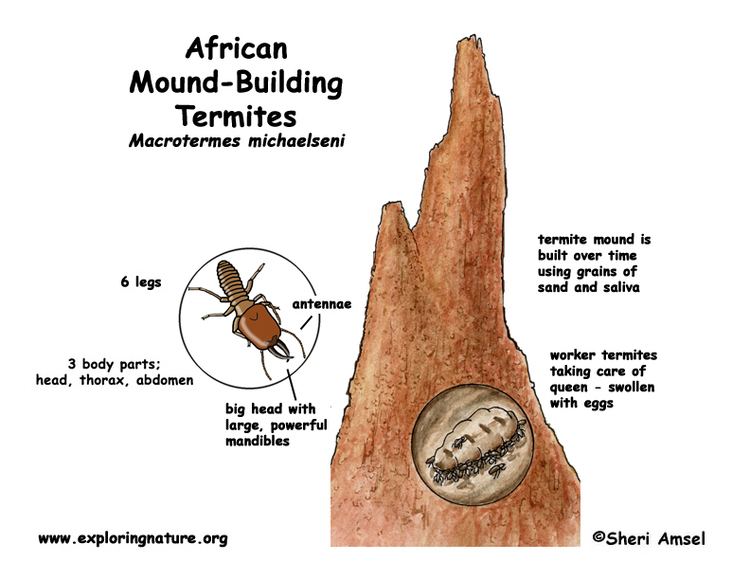
The soldiers job is to defend the colony from any unwanted animals. When the large soldiers attack they emit a drop of brown, corrosive salivary liquid which spreads between the open mandibles. When they bite, the liquid spreads over the opponent. The secretion is commonly stated to be toxic or else undergoes coagulation with the air, which renders it glue-like.
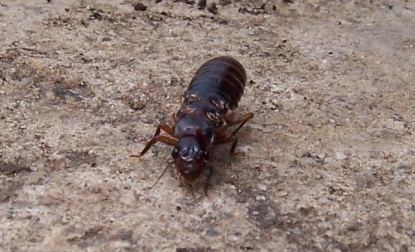
Finally, there are the reproductives. They include the king and the queen. The queen can sometimes grow up to six centimeters long while the lower classes are generally less than one centimeter.
Other life on termite mounds
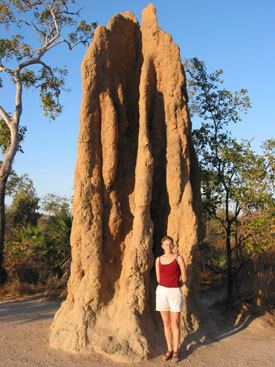
Vegetation on termite mounds usually differs highly from vegetation in the surrounding. In African savannas, Macrotermes mounds form 'islands' with high tree densities. This is usually attributed to the fact that due to the digging of termites and due to their decomposition of plant material, the mound soils are generally more fertile than other soil. On top of that, mound soils have been found to contain more water than their surroundings, a clear advantage for plant growth in savannas. Interestingly, the high tree densities on termite mounds attract high densities of browsing herbivores, due to the high nutrient contents in foliage from trees growing on mounds, or perhaps due to the high quantities of food and shelter on mounds.

